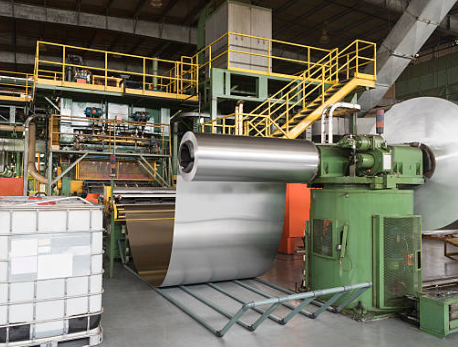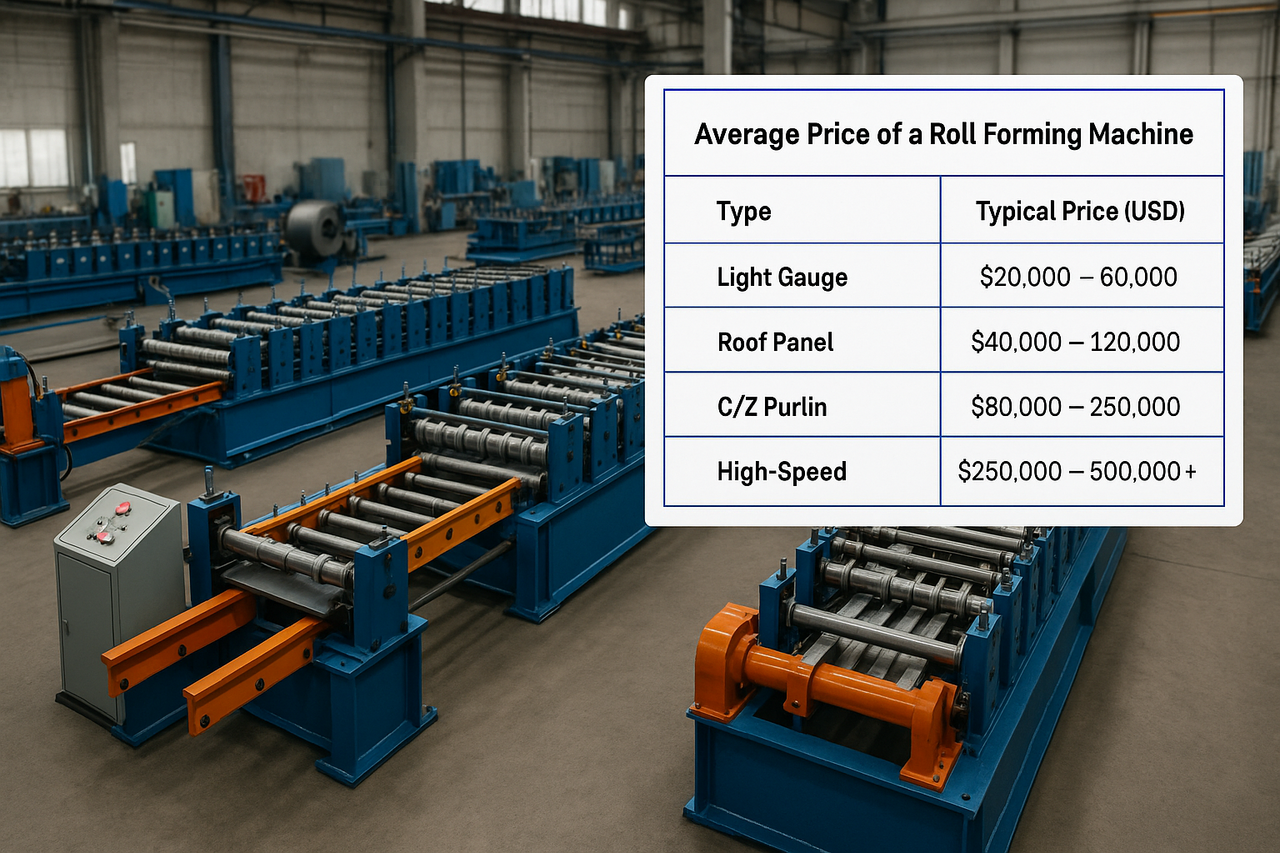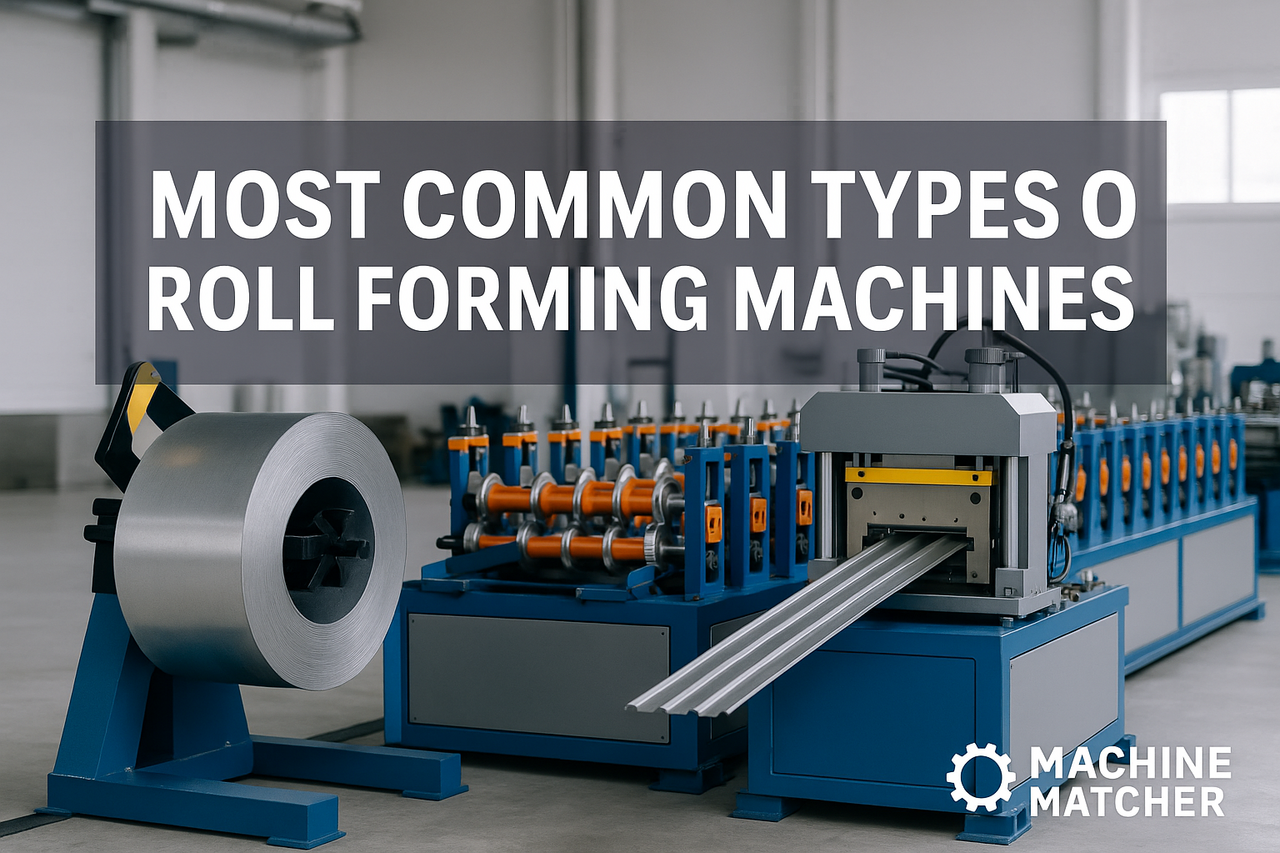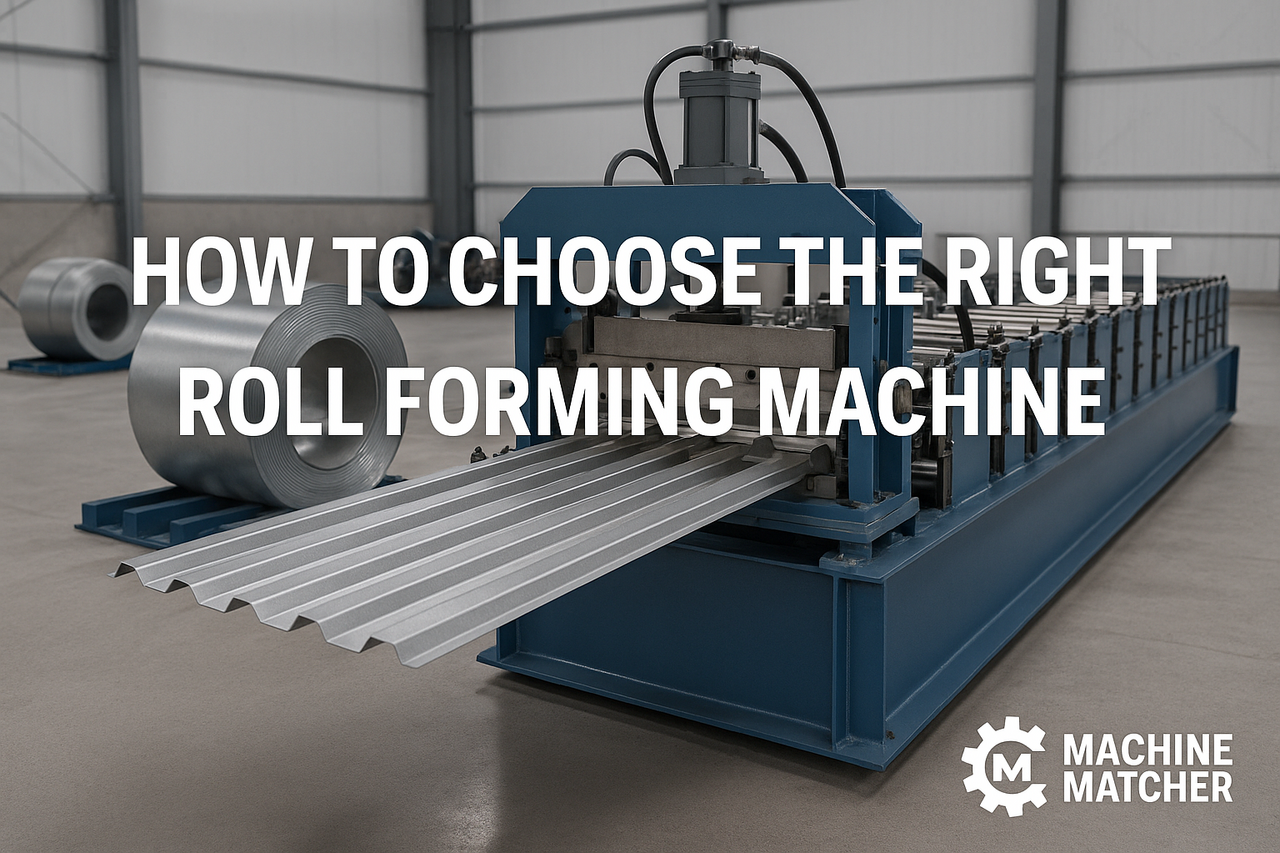
Posted on Sunday, September 22, 2024
Here are the main components typically found in a roll forming machine:
Each of these components works together to create the desired metal profile in roll forming machines for various products, such as roof panels, structural profiles, or specific designs like standing seam panels.

What is the Average Price of a Roll Forming Machine?
Posted on Tuesday, October 21, 2025
Discover the average price of roll forming machines by type, capacity, and automation level, with real examples and expert buying advice.

What Are the Most Common Types of Roll Forming Machines?
Posted on Monday, October 20, 2025
Discover the most common roll forming machine types for roofing, purlins, decking, and framing — explained in detail by Machine Matcher’s 2025 guide.

How to Choose the Right Roll Forming Machine for Your Business
Posted on Monday, October 20, 2025
Learn how to choose the right roll forming machine for your profile, material, and production needs with Machine Matcher’s complete 2025 guide.
Copyright 2025 © Machine Matcher.